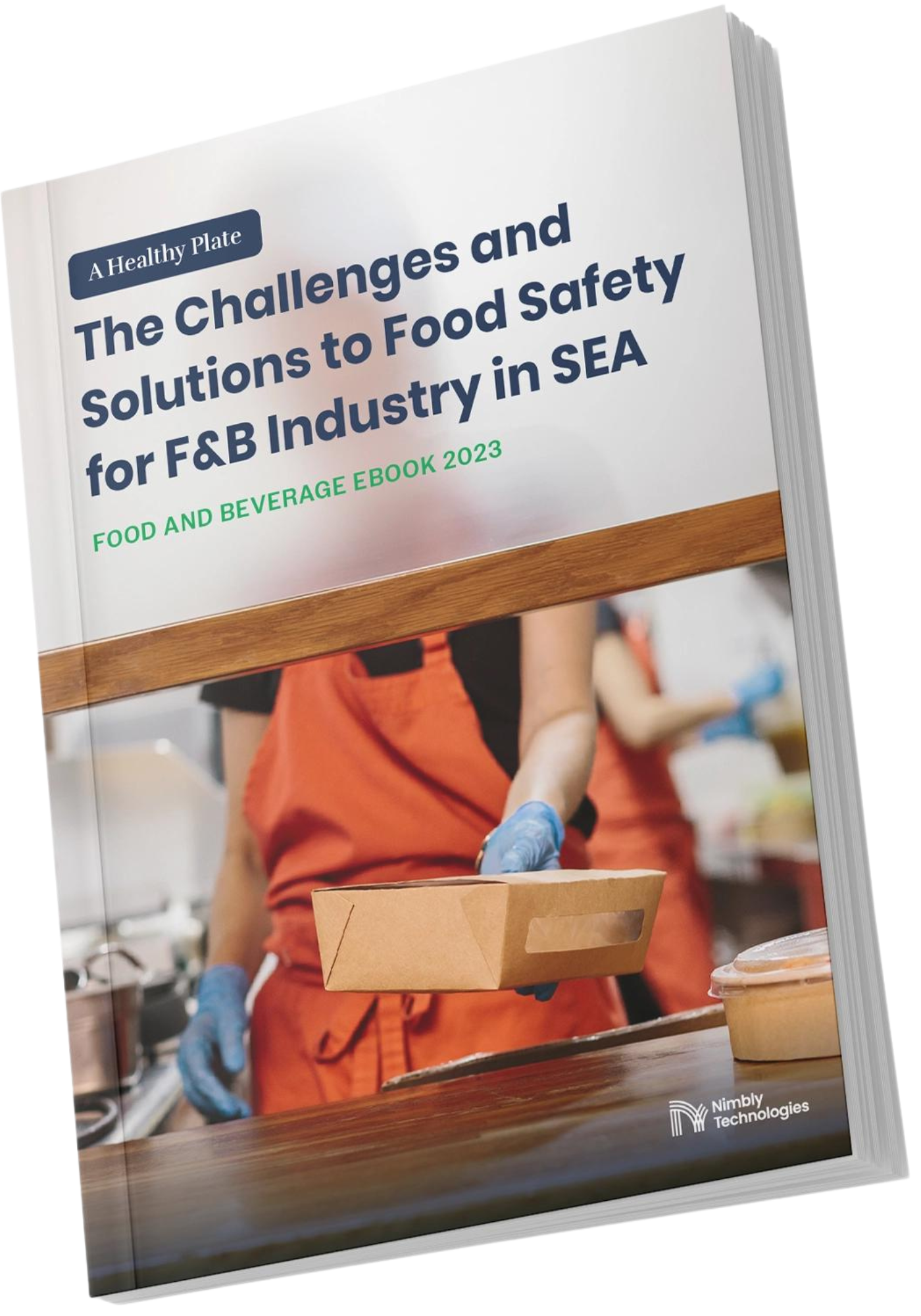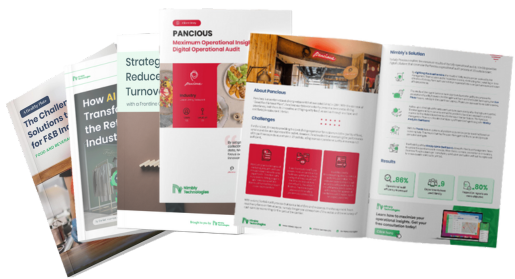

Ensuring the safety of our food and beverages is more than a duty—it's a promise we make to our customers. Food safety inspections are our playbook for keeping that promise. But what exactly do these inspections entail?
Food safety inspection is like having a trusted guardian watching over our culinary creations, ensuring they're not just delicious but also safe to devour. Think of it as a meticulous detective, sniffing out any potential hazards that might lurk in our food. From harmful bacteria to sneaky allergens, these inspections are our frontline defense against foodborne illnesses and customer dissatisfaction.
These inspections aren't just about ticking boxes; they're about safeguarding the well-being of our patrons and upholding our commitment to quality and excellence. By adhering to rigorous standards and protocols, we demonstrate our dedication to providing nothing but the safest and most satisfying dining experiences.
Now, let's embark on a journey through the essential steps of food safety inspection, where we'll uncover the secrets to culinary safety and success.

Let's start with the basics—following the rules! Understanding and complying with food safety regulations is crucial. If we don't play by the rules, we could face fines, closures, or, worst-case scenario, harm to our customers. For example, suppose a restaurant fails to maintain proper refrigeration temperatures for perishable foods. Result? Food spoilage and the risk of foodborne illness.
How to: Stay informed about the latest regulations, attend training sessions, and regularly review our practices to ensure compliance.
Now, let's talk about our team. Personal hygiene isn't just about looking clean—it's about keeping our customers safe. Regular handwashing, wearing clean uniforms, and staying home when sick are all part of the game. Imagine this: a chef prepares a meal without washing their hands after handling raw meat. Result? Cross-contamination and potential food poisoning for customers.
How to: Provide comprehensive training on hygiene practices and conduct regular refresher courses to reinforce good habits. If you have many teams and stores across different locations, it might be hard to hold the training regularly. Therefore, consider using a Sistem Manajemen Pembelajaran to ensure your employees are always properly trained with minimal training effort.
Cleanliness is our best defense against foodborne illnesses. Regularly cleaning and sanitizing our workspace, equipment, and utensils ensures that we're starting with a clean slate every time. For instance, a restaurant thoroughly cleans and sanitizes food contact surfaces after each use. Result? Reduced risk of cross-contamination and foodborne illness outbreaks.
How to: Implement a cleaning schedule, use appropriate cleaning products, and ensure thorough cleaning techniques. Make sure that you track all schedules to ensure they are implemented properly and consistently by all of your teams. If you have a lot of teams to handle, you might want to consider using a Digital Routine App instead. It will allow you to ensure that all of your teams in different locations always execute tasks properly and consistently.
Now, let's get hands-on with our food! Proper food handling practices, like avoiding cross-contamination and storing food at the right temperature, are essential. Imagine this: a restaurant stores raw chicken above ready-to-eat vegetables in the refrigerator. Result? Cross-contamination and potential foodborne illness for customers.
How to: Implement procedures such as using color-coded cutting boards for different food types, employing separate utensils for raw and cooked foods, and regularly monitoring refrigerator and freezer temperatures. These practices are all crucial for ensuring food safety. However, as your business grows larger, these tasks can become increasingly challenging, costly, time-consuming, and prone to human error. Digitalization can aid in efficiently executing every food safety process consistently, leading to consistent food quality and ultimately maintaining customer satisfaction and reputation.
Temperature matters—a lot! Whether it's storing food in the fridge or cooking it to the right temperature, we can't afford to cut corners. For example, a food establishment ensures that hot foods are kept hot (above 140°F) and cold foods are kept cold (below 40°F) to prevent bacterial growth. Result? Safe food and satisfied customers.
How to: Invest in quality thermometers for measuring food temperatures, properly calibrate cooking equipment, and regularly monitor storage temperatures. Always ensure to include photo or video evidence in every temperature check report to validate it properly and confidently. Additionally, maintaining documentation as evidence is crucial in case of any incidents.
We all have different tastes, and some of our customers have allergies. Properly managing and labeling allergens ensures that everyone can enjoy our food without worry. Imagine this: a bakery clearly labels all products containing nuts to alert customers with nut allergies. Result? Increased customer trust and loyalty.
How to: Create a comprehensive allergen management plan, provide allergen training to staff, and clearly label menu items with allergen information.
Organization is the key to success! Implementing checklists and documentation systems helps us stay on track and ensures that no step is overlooked. For instance, a restaurant uses a daily cleaning checklist to ensure all areas are properly sanitized. Result? Consistent cleanliness and reduced risk of foodborne illness.
How to: Develop customized checklists for each aspect of food safety, conduct regular inspections, and maintain detailed records of all activities. Click here to learn how you can implement Nimbly to be your Digital Checklist!
Last but not least, let's commit to getting better every day. Regular training sessions and feedback loops ensure that our team remains knowledgeable and vigilant about food safety practices. For example, a restaurant conducts monthly food safety training sessions for all staff members. Result? Improved staff awareness and adherence to food safety protocols.
How to: Provide ongoing training opportunities, solicit feedback from staff on food safety procedures, and regularly review and update training materials. It's important to maintain these feedback loops because markets and trends are always evolving. However, managing numerous employees and outlets across different locations can present challenges. Consider implementing digital learning solutions (Learning Management System) to facilitate seamless training for all your teams.
By following these 8 essential food safety inspection steps, you're not just ensuring the safety of your culinary creations—you're also safeguarding the health and well-being of your customers. These steps aren't just checkboxes; they're the foundation of a safe and successful food service operation. With proper hygiene practices, thorough cleaning routines, and vigilant attention to detail, you can create a dining experience that is not only delicious but also worry-free. So, let's commit to implementing these steps consistently, fostering a culture of safety and excellence in our kitchens. Together, we can ensure that every meal we serve is a source of joy, satisfaction, and above all, safety for our valued customers
